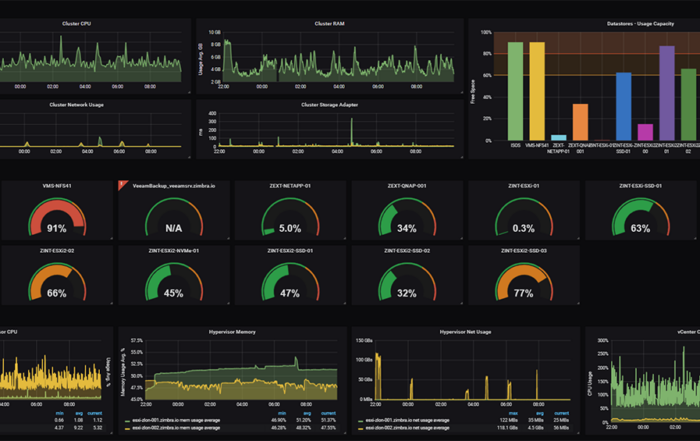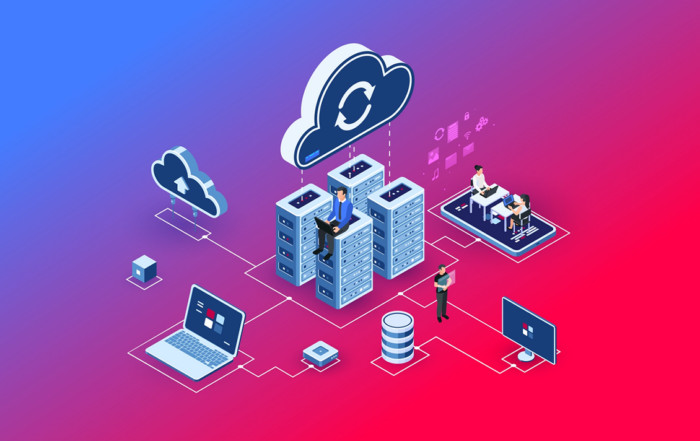
In the dynamic world of cloud technology, every so often, a concept emerges that reshapes the landscape. Serverless architecture is one such innovation, offering a fresh perspective on how we design, deploy, and scale applications. But as with all transformative concepts, it brings its set of benefits and challenges. This post dives deep into what makes serverless tick and provides insights for those on the fence about its adoption.
What Is Serverless?
Before we get ahead of ourselves, let’s define serverless. The term “serverless” can be a bit of a misnomer. It doesn’t mean that there are no servers. Instead, it means the developer doesn’t have to be concerned about them. In a serverless setup, cloud providers automatically manage the infrastructure, scaling up or down as needed based on the application’s usage.
Popular services like AWS Lambda, Azure Functions, and Google Cloud Functions champion the serverless movement, allowing developers to focus solely on code and delegate infrastructure management to the cloud providers.
Benefits of Serverless Architectures
1. Cost Efficiency
Serverless models often follow a pay-as-you-go pricing structure. You only pay for the execution time of your functions, not for idle server uptime. This can lead to significant savings, especially for sporadically used applications.
2. Scalability
The beauty of serverless is its innate ability to scale. If one user triggers a function or a million do, the cloud provider handles the demand, scaling resources without any manual intervention.
3. Reduced Time to Market
Without the need to manage servers or other infrastructure components, developers can concentrate on code. This focus can expedite application development and deployment, thus decreasing the time to market.
4. Simplified Operational Management
The burden of server maintenance, patching, and updates are shifted to the cloud provider. This offloading means fewer operational headaches and a reduced need for infrastructure expertise.
Challenges of Serverless Architectures
While the allure of serverless is strong, it’s crucial to consider the challenges that come with the territory.
1. Cold Starts
When a serverless function is invoked after being idle, there’s often a latency called a “cold start.” This delay occurs because the cloud provider needs to allocate resources to run the function. For applications that require consistent low-latency responses, cold starts can be a concern.
2. Vendor Lock-In
Every cloud provider has its unique flavor of serverless, each with distinct configurations and integrations. Transitioning between providers can be a daunting task due to these disparities, leading to vendor lock-in.
3. Limitations and Constraints
Serverless functions come with restrictions, like execution time limits and memory constraints. While these limits are generous for most use cases, specific workloads may find them constraining.
4. State Management
Serverless functions are stateless, meaning they don’t retain any information between executions. For applications that require state management, developers need to find workarounds, such as leveraging external databases, which can add complexity.
5. Debugging and Monitoring
Traditional debugging tools might not work seamlessly with serverless functions. Developers need to adapt and leverage specialized tools or rely heavily on logging to diagnose issues.
To Embrace or Not to Embrace?
Serverless architectures, like all technologies, come with trade-offs. The question isn’t about its superiority but rather its fit for your specific use case.
Scenario 1: If you’re a startup looking to quickly prototype and release products, the cost savings and reduced operational overhead of serverless might be perfect for you.
Scenario 2: If you’re developing a real-time gaming application where latency is crucial, serverless might not be the best choice due to cold starts.
Your decision should be a blend of evaluating your application’s needs, your team’s expertise, and your long-term vision.
Conclusion
Serverless architectures offer an enticing proposition: focus on code and let someone else handle the infrastructure. While it bestows many benefits like cost-efficiency and scalability, it also presents challenges that developers should be aware of.
The key is informed decision-making. Understand what serverless brings to the table, weigh its pros and cons for your specific use case, and then decide whether to embrace it. In the ever-evolving world of cloud technology, one size does not fit all, but serverless certainly fits many.





